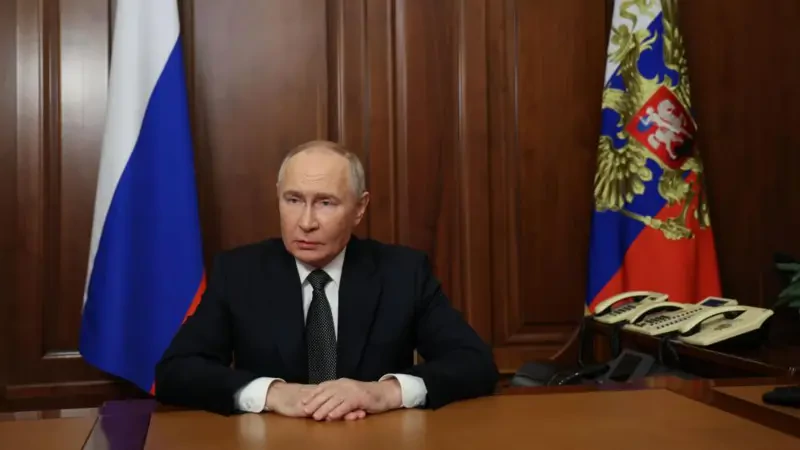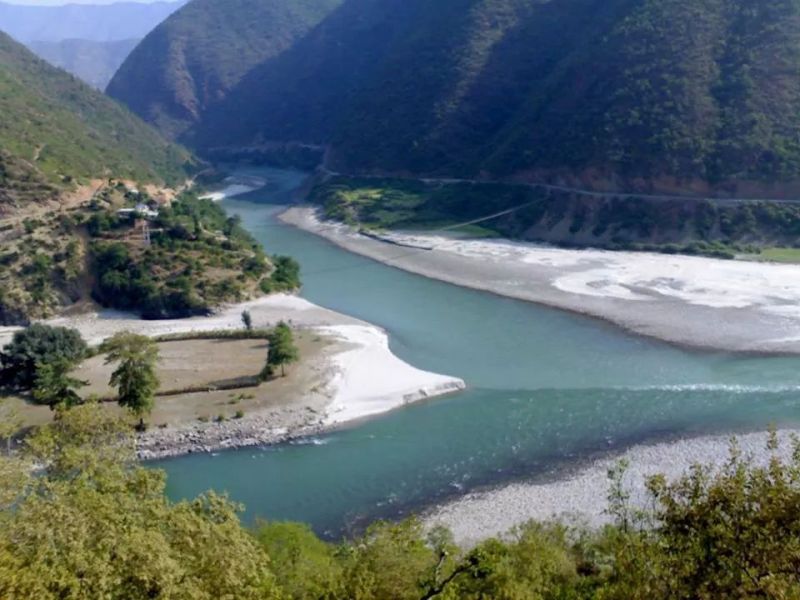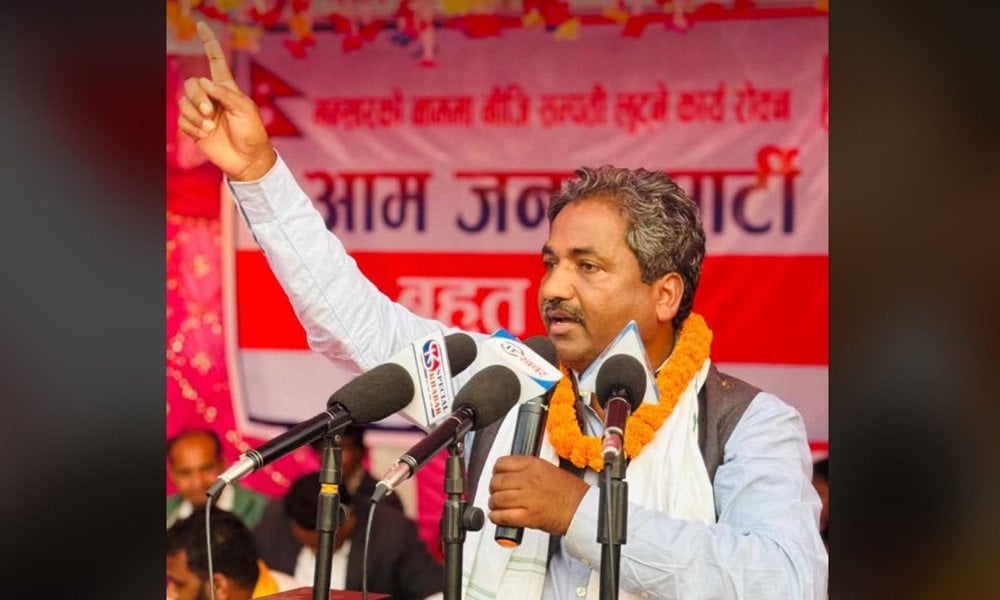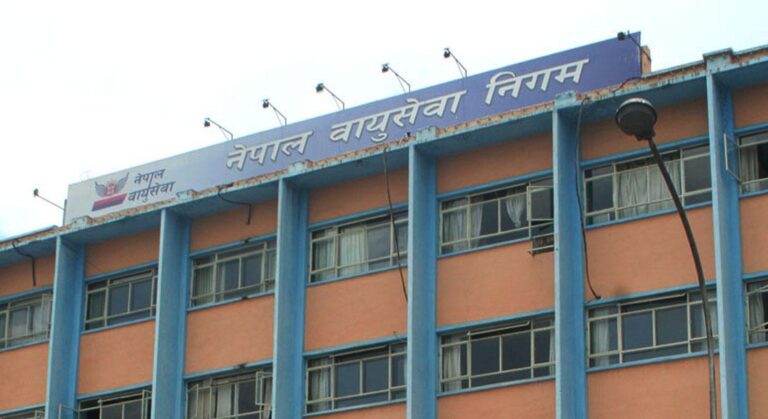All about organized crime

By Rabi Raj Thapa
The recent arrest of the member of the House of Representatives, former Deputy-Prime-Minister and the Chairman of the newly emerged political party, Rastriya Swatantra Party (RSP), Ravi Lamichane, on organized crime and Embezzlement has ignited and inflamed political chaos in fragile Democratic Republic of Nepal once again. In fact, this is only one of many scams and scandals where top political figures have been implicated, indicted and freed unscratched before.
Before the indictment of Lamichane, there have been many ministers who have been indicted some of whom are still behind bars and some have succeeded in coming out of jail on bail. However, this type of charge and allegation against a former deputy prime minister and home minister of Nepal on organized crime reminds us of Pablo Escobar of Colombia who was an organized crime Drug-Lord, a kingpin, and a terror of the world sometime back in the 1980s. This indictment shows the knowledge, competency, and concern over the ripple of implications worldwide. It is also important to note that there may be hardly any politicians in the third world who can dare to claim him uncorrupt, clean of some kind of white-collar crime or financial scandal.
Today, people see a common motive and aspiration from their so-called great political leaders and businesspeople to become rich and powerful by making as much money and to capture state power as quickly as possible – preferably by legal means, if that is not possible, adopt any other possible means legitimate or clandestine illegitimate means. Today’s almost all supreme leaders leading the government have their clandestine legal and illegal partners who are actively engaged in nefarious corrupt and criminally organized entities that we may call the “silent partner” of the government.
In the year 2012, a renowned scholar of organized crime, Venda Felbab-Brown visited Nepal and wrote on the governance and political developments and their intersection with organized crime from 2008 to 2012. She then found organized crime encompassed both politically-motivated and economically driven in Nepal. She wrote Nepal as a “…nation in flux, transitioning out of conflict, and yet stuck in a political and institutional morass since 2012. She wrote, “Behind much of the contestation in this improvised resource-rich country is the desire by politicians and political groups to control the state in order to capture resources from foreign aid, tourism, and existing hydropower etc.” She also reiterated, “Corruption, nepotism, and patronage deeply ingrained with a culture of impunity as pervasive as corruption…. She also wrote, “… institutions, such as law enforcement, civil services and bureaucracies mostly weak and increasingly politicized. (See: https://www.brookings.edu/artices/the-impact-of-organized-crime-on-governance-a-case-study-of-nepal)
To understand the nature of organized crime in Nepal, Nepali people need to have a wider global view of how world organizations see Nepal. For example, how Asia/Pacific Group on Money Laundering (APG) is rating Nepal today.
It is pertinent to know how the international organizations see Nepal’s status and rating in its competency in tackling organized crime rather than making a storm out of a cup of tea in cases like that of Lamichane.
For example, international organizations like the Global Initiative Against Transnational Organizational Crime have recently rated 193 countries’ status on organized crime from around the world. It has closely monitored and analyzed the status of financial crimes, organized crime groups in Nepal, Foreign Criminal Actors in Nepal and many other things. It has also assessed the Nepal government’s resilience capacity like political leadership and governance, government transparency and accountability, international cooperation, national policies and laws including judicial system, detention, law enforcement and many other factors indirectly related to Organized Crime as well. (See: https://ocindex.net>english for detailed information)
We all Nepali must never forget the 10 years of armed conflict and the decades of anarchy and impunity; extortion, forced child soldiers to 9-10 over and bank robberies. Nepalis must remember the terror created by the assassinations of Mirza Dilshad Beg in June 1998 and Jamim Shah in February 2010 perpetrated by the assassins of the International Underworld Criminal Organization Dawood Ibrahim.
Therefore, instead of making a big fuss over the corporate embezzlement of the white-collared crime of Ravi Lamichane as an organized crime of international dimension, it is time to think of the damage it can inflict on Nepal’s image like that of Mexico and Colombia.
Source : https://www.peoplesreview.com.np/2024/10/23/all-about-organized-crime/






